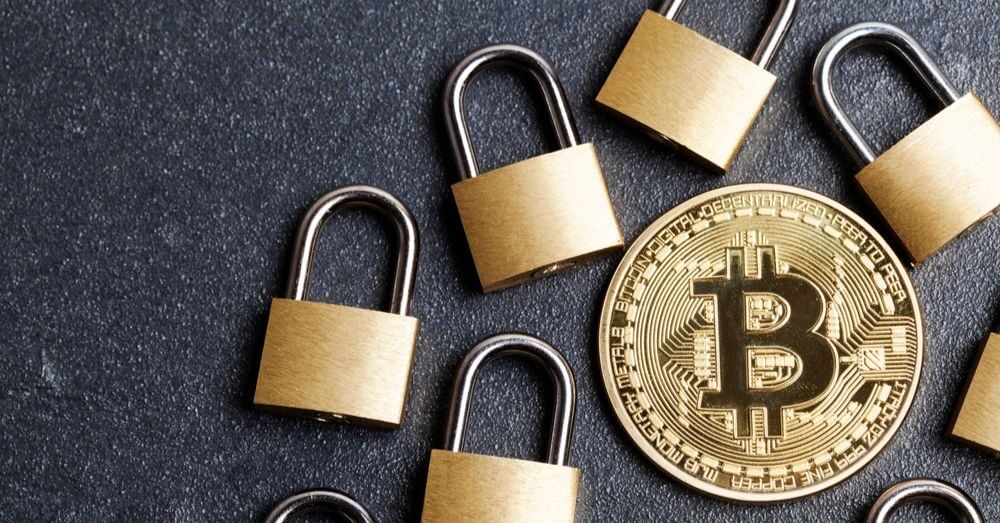
Tech entrepreneur Jack Dorsey, in a recent interview, claimed that Bitcoin and blockchain give hope for a possible future of pseudonymity
Jack Dorsey, Twitter’s CEO, talked about the wave of crypto-related Twitter attacks witnessed recently in the interview for The Oslo Freedom Forum: “I appreciate the difference between pseudonymity and anonymity. Anonymity feels a lot more random, whereas pseudonymity is built identity…that is what we want to value and that is what we want to protect ultimately,” he explained.
In the crypto context, pseudonymity generally refers to the state where crypto traders are identified (semi-known) by their wallet addresses. The wallet-owners, on the other hand, remain unknown and untraceable.
He went on to draw comparisons between the nature of Twitter and Bitcoin. He revealed, “We are building the right secure systems in our platforms so that we can have trust in an untrusted environment. There’s a lot of newer technologies that provide for this. The whole spirit of Bitcoin, for instance, is to provide a trusted system in a distrusted environment, which is the internet. And those technologies will provide us with new capabilities.”
In the wake of recent crypto-related Twitter attacks, the executive argued that security wasn’t an element that can be perfected. In his opinion, security is more of “a constant push to be 10 steps ahead of your attackers”.
Dorsey used Bitcoin as a representation that the ownership aspect is very important. He further added that users should have central capabilities to their accounts in a similar way to that of Bitcoin. Bitcoin users typically have exclusive access to their tokens with private keys and wallets.
The Twitter executive was also keen to applaud blockchain, specifically its nature i.e. transparent and permanent. “Blockchain and Bitcoin point to a future and point to a world, where content exists forever, where it’s permanent, where it doesn’t go away, where it exists forever on every single node that’s connected to it” emphasised Dorsey.

